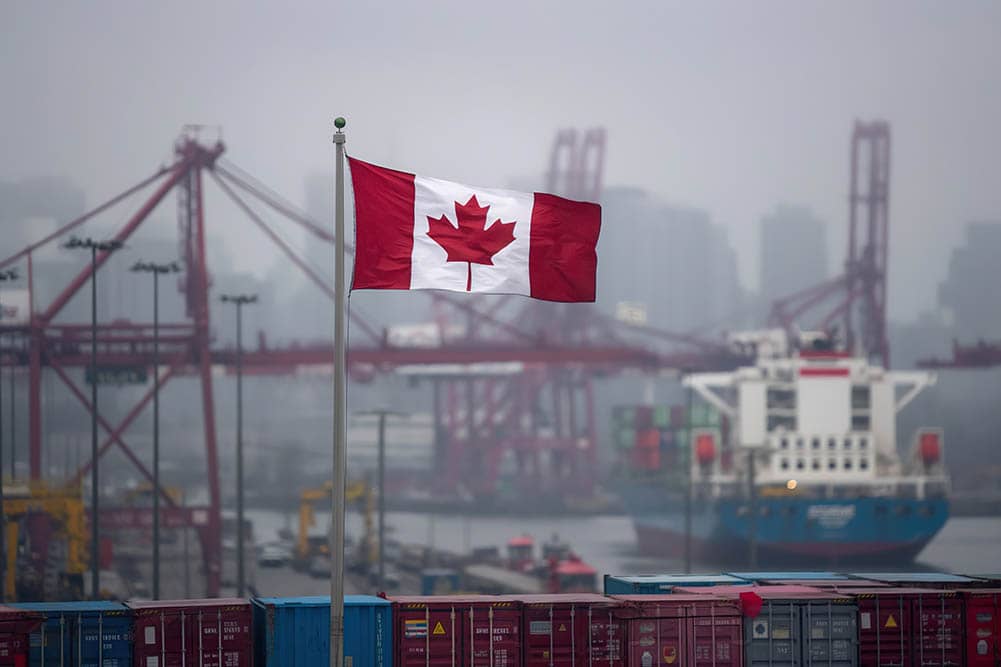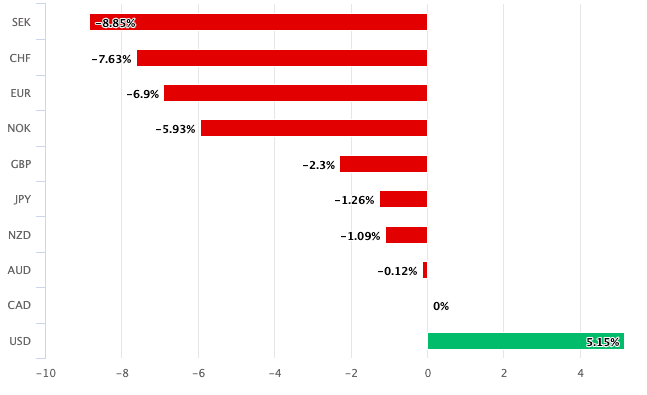
Image © Adobe Images
This is why the Canadian Dollar could experience a better second half to 2025.
Analysts at Barclays say an impending trade deal between Canada and the U.S. will boost the economy and greatly improve the Canadian Dollar's outlook.
The call comes amidst intensified discussions and regular high-level meetings as the August 01 deadline for negotiators to conclude a new trade accord nears.
President Trump has threatened 35% tariffs effective August 1 unless a deal is secured. Critical disputes that are still unresolved include lumber, metal tariffs and reciprocal duties.
"The outlook for the Canadian economy and CAD is highly dependent on tariffs," says a new research note from Barclays. "A 35% tariff on non-USMCA compliant goods per Trump's letter would lift the average effective tariff rate to 14%."
Although this is lower than most "reciprocal" tariff levels levied on other countries by the U.S., 75% of Canadian exports are sent to the U.S., which is more than other comparable nations.
This means Canada is particularly exposed to U.S.trade and will be highly sensitive to higher tariffs. "It still implies a greater economic burden," says Barclays.
The CAD is 2025's second-worst performing G10 currency, dragged lower by its southern neighbour as investors fret about the negative impacts of tariffs.

Above: CAD performance against G10 peers in 2025.
Barclays says the Bank of Canada has room to move its base interest rate lower in the absence of a trade settlement.
Given currency sensitivities to interest rates, this would imply a potentially lower CAD.
However, analysts at Barclays are optimistic on CAD's prospects on the agreement of a new trade accord:
"If a deal is reached, the outlook for the economy would be much improved simply from the removal of uncertainty, especially as the government is boosting fiscally with a particular emphasis on tariff impacted sectors."
